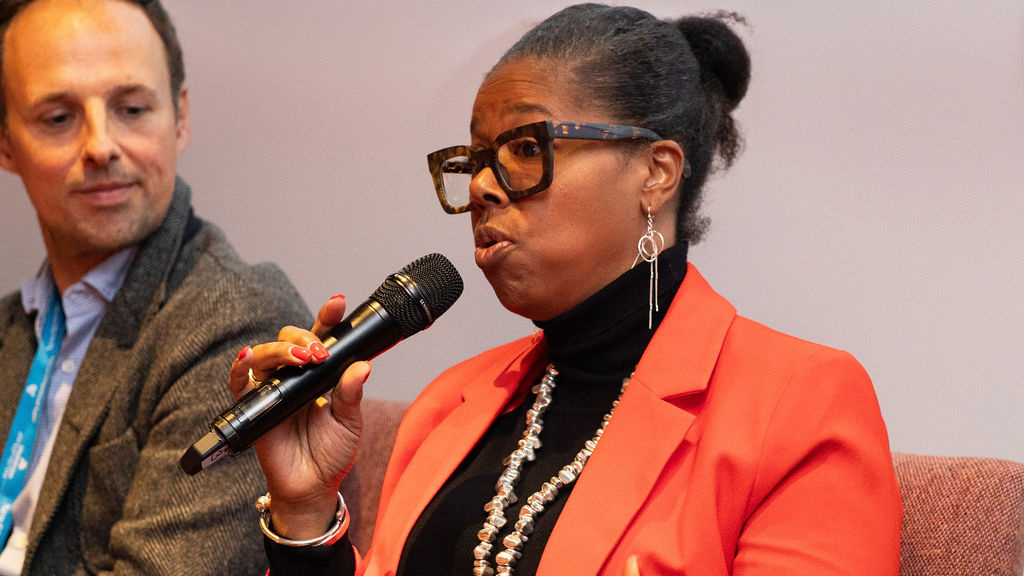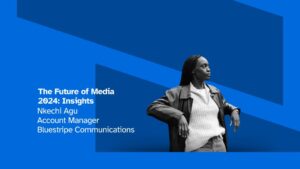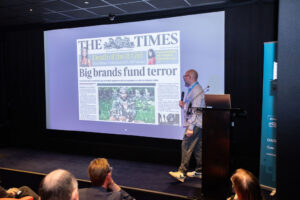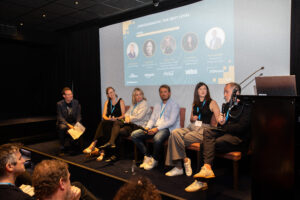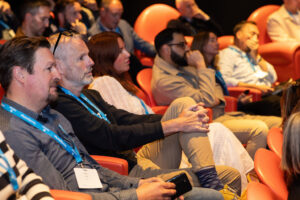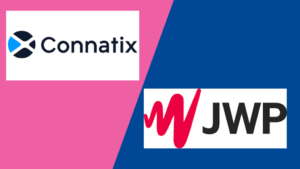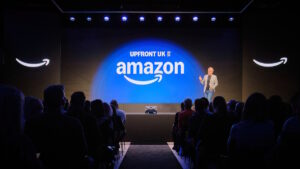How many drops of water should be on the outside of a mouth-watering glass of gin and tonic? This may seem like a somewhat ridiculous question. Not least because the consumer of said gin and tonic would more likely be concerned by how many drops of delicious gin and tonic are IN the glass.
However, as Benjamin Lickfett, Head of Global Digital Innovation, Diageo, points out “we probably reshoot a glass of gin and tonic on a table 20,000 times a year. It’s the nature of every marketer to say, there aren’t enough drops on this, and the wood should be more oaky. Using Gen AI, we can adapt and localise at scale.”
Lickfett was speaking on the AI panel at NDA’s recent Foresight event.
Whether it’s managing the asset library, or providing unique experiences for consumers, there is certainly a thirst for AI where Diageo is concerned. “We work with an artist in our Princes Street store in Edinburgh, our brand home, and every bottle is unique, printed in store. We can see that content is gifting relevance at scale and AI can help with that,” Lickfett reveals.
“Playing with AI” seems to be a common thread – marketers on both brand and agency side are getting more confident with the technology and using it to experiment, using it to find the realm of the possible.
“We’re finally starting to understand it and start thinking about applications that are able to review media plans and identify gaps or errors, all the way through to reporting,” explains Ricky Chopra, Global Digital Business Director, Zenith. Similarly, when it comes to sifting through that information, AI has a role to play. “We’ve trained a dedicated AI agent to produce post-campaign analysis.” Chopra is at pains to point out that this is different to using ChatGPT – they have built their own specific assistant for their own data and use case.
Enriching information is also a key quality of using AI to improve insight. Like Chopra, Catherine Chappell, Managing Partner, Performance, KINESSO UK&I, is using AI in planning assistance and reporting, but also looking at creating custom algorithms that are more contextual so the outcomes are enriched. “It’s guiding the buying model, especially in programmatic, to drive further business outcomes.”
AI may feel advanced, but there’s no need to invent complex scenarios to get the most out of it. “We’re able to do a much more intelligent pull on what our clients’ markets are thinking [about] and where we should be, dialling some up and down. It sounds like a relatively basic use [case] but it’s actually a really good one,” says Deborah Gbadamosi, Global Client Lead, Mindshare.
“Instead of spending time number-crunching, we can do more around where we should be driving our solutions and plugging them into our clients’ needs because you can see [needs] bubbling up much quicker.”
However, as is often the case, what seems simple often has a layer of complexity beneath. In the case of AI today, that’s not necessarily in the use of tools, but in how that use is governed. “What scares me is the power moving from where we want it to be. We want the brand or brand manager to have control over their campaigns and there has to be data transparency. If everything’s hidden from you – a brand safety violation, fraud or poor performance – you won’t be able to see where the wastage is,” warns Rob Webster, Founder at TAU Marketing Solutions.
Trusting AI-based solutions is the key and that is proving difficult given the exponential growth of the market. Chappell notes that everyone is trying to get in on the act, releasing tools, but as the market matures we will likely see a large number fade away again. “There’s going to be a lot of sifting through crap,” she suggests.
Lickfett agrees and argues a step further that the trust issue could extend into companies’ relationships with the public, raising the concerning question of deepfakes and CEO deepfakes putting narratives out that can’t be controlled.
“As much as AI is a tool, it’s not the solution. I want to make sure we don’t use the human touch,” Gbadamosi insists, “to pick out the sense from the nonsense.” She adds that this isn’t a reason to avoid AI. Certainly, Gen Z find using it “second nature” and will expect to have those tools at their disposal in the workplace. “As long as they are skilled in knowing that AI is the tool not the answer, then we’ll be OK.”
And so, that means putting in the effort. Digging down into the data the AI is using, making sure there’s the human touch checking workflows at every stage. It can feel daunting but, as with any task, “think big, but start small,” Lickfett advises.
The benefits are undeniable. From the ability to test and learn on a much greater scale and at speed, to delivering on sustainability by cutting waste and using innovative creative techniques, AI is not a technology to be shied away from. Nor should it be feared from the job replacement perspective. “It’s freeing up time for me to actually do some thinking. That’s fantastic. And with AI, it gives me instant access to the information I want. Then I can see if my original thinking is right or wrong.”
If organisations get over the idea that AI is a ‘cheaper’ option, and instead exists to free existing humans up to innovate or strategise, then there is strong potential for AI-supported brand and campaign management into the future.



